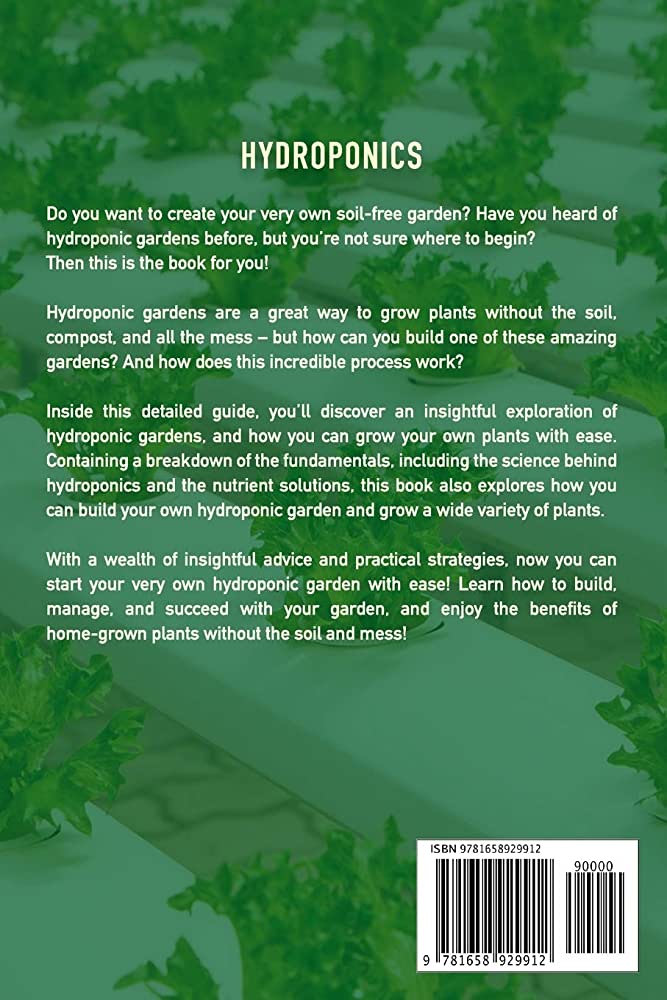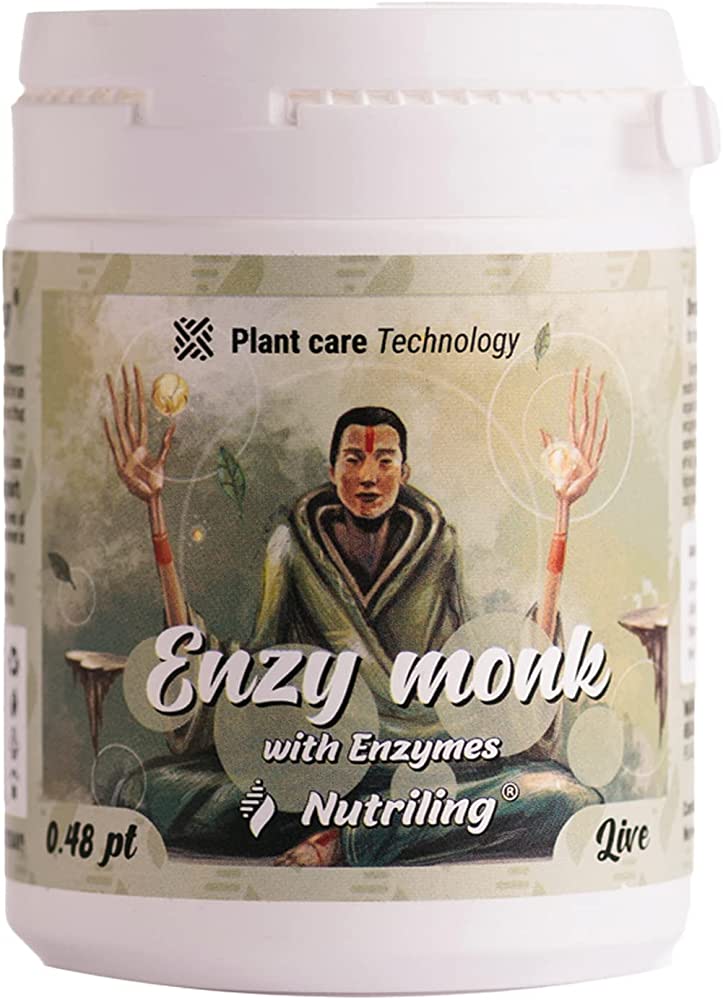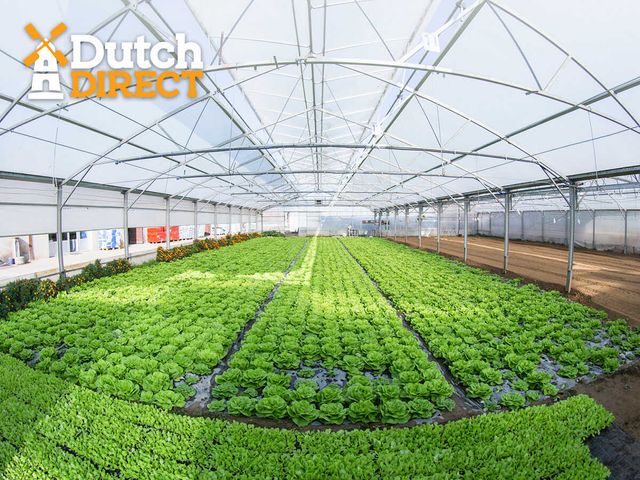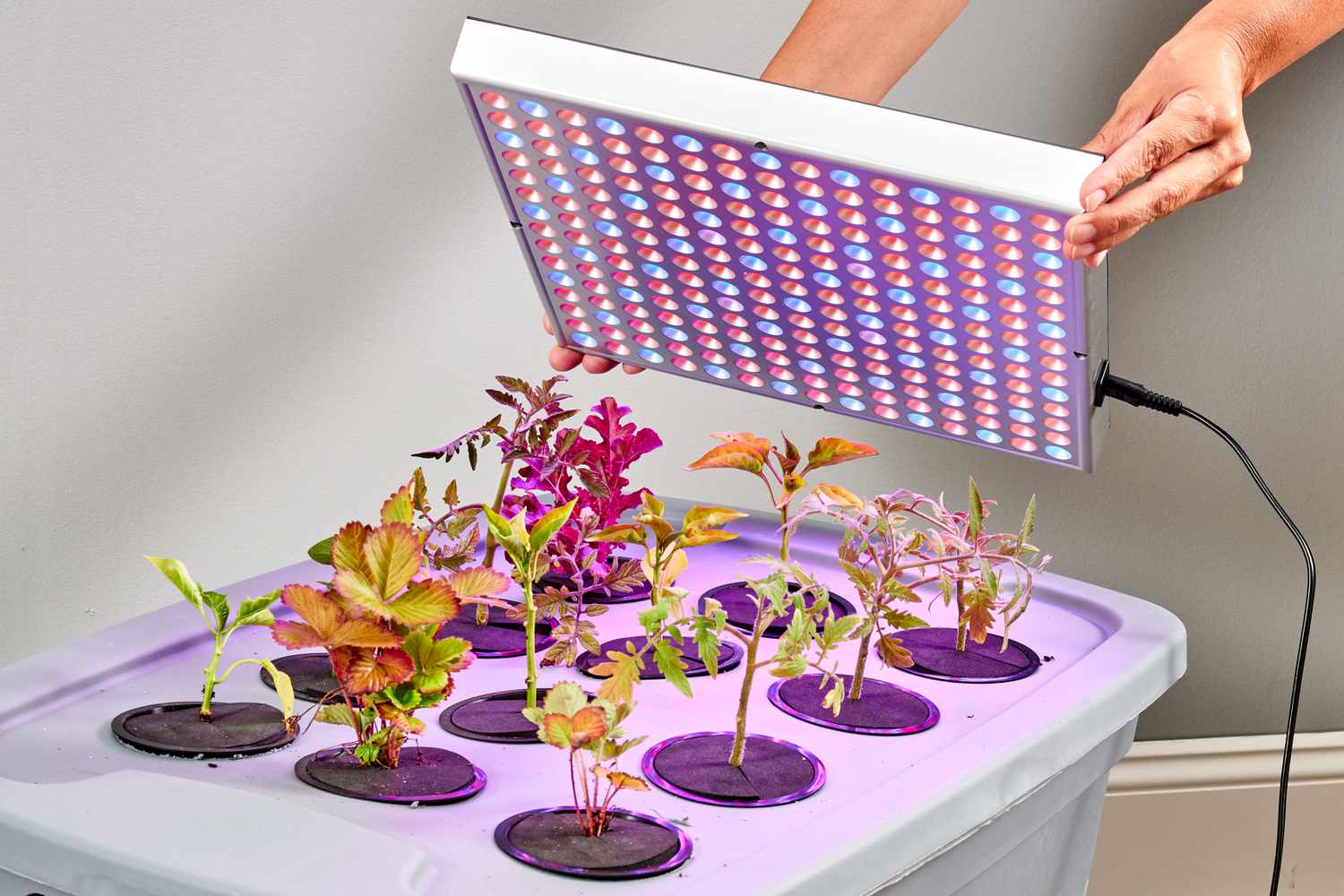Hydroponic nutrient solutions are essential for microgreens and sprouts’ growth and development. These solutions supply all the necessary nutrients needed for a plant’s optimal growth without the use of soil.
In hydroponics, microgreens and sprouts are grown in a closed, controlled environment, which allows for precise control of nutrient levels and ph levels of water. Hydroponic nutrient solutions can vary depending on the type of crop and the growth stage, with some solutions containing more nitrogen during the vegetative stage and more potassium during the flowering stage.
It is crucial to choose the right nutrient solution for your microgreens and sprouts to ensure high yields and nutrient-dense produce. In this article, we will explore the various hydroponic nutrient solutions available for microgreens and sprouts.
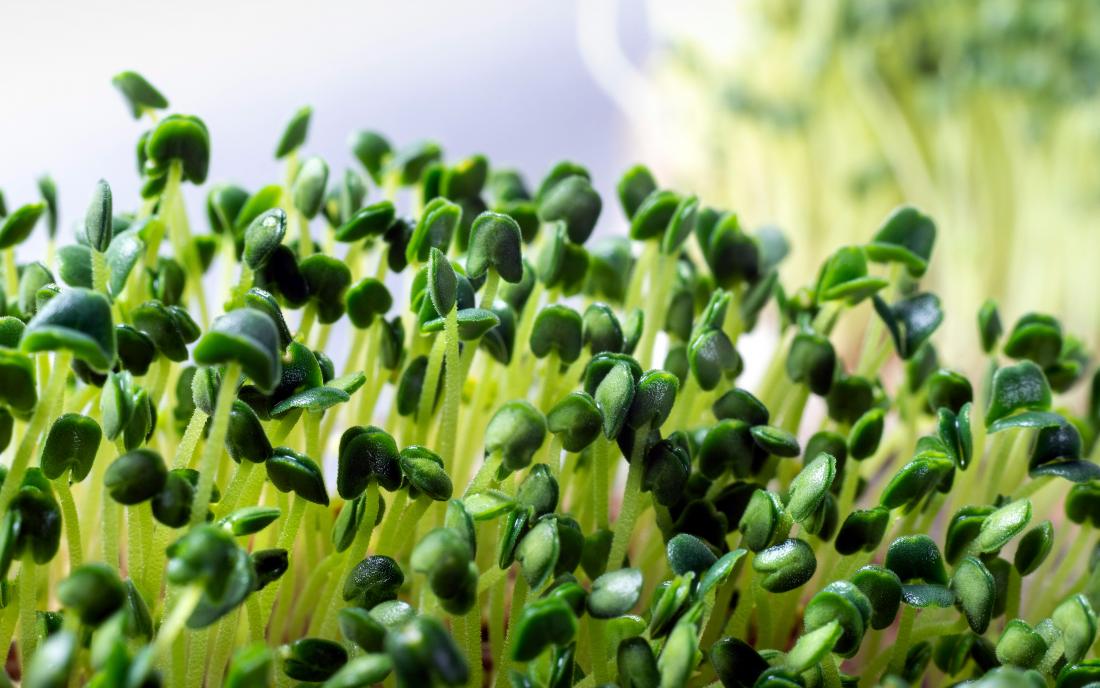
Credit: www.medicalnewstoday.com
The Benefits Of Hydroponic Nutrient Solutions For Microgreens And Sprouts
Hydroponic Nutrient Solutions For Microgreens And Sprouts
Are you looking for a way to grow your microgreens and sprouts more efficiently? Hydroponics might be the solution you’ve been searching for. By using nutrient solutions instead of soil, hydroponic systems ensure your plants receive the correct amount of nutrients and water to grow stronger, with less exposure to harmful contaminants.
Here are just a few of the benefits of using hydroponic nutrient solutions for your microgreens and sprouts:
Improved Growth Rates And Yields
Hydroponic systems provide a controlled environment with all the necessary nutrients for your plants to thrive. This means that plants receive all the nutrients they need to grow, and don’t need to expend energy seeking them out in soil. As a result, they grow faster and fuller, producing higher yields with shorter harvest times.
- Nutrient solutions provide all the necessary nutrients without soil limitations or the risk of overfertilization.
- Plants are better able to absorb nutrients and use them more efficiently, leading to faster, stronger growth.
- Reduced turnaround time means quicker time to market, increasing productivity and profitability.
Greater Nutrient Uptake And Availability
Nutrient solutions deliver precisely dosed amounts of nutrients directly to plant roots, ensuring optimal nutrient uptake and availability. Additionally, unlike soil, these solutions are free of contaminants that may interfere with nutrient absorption.
- Nutrient solutions provide precise and controlled amounts of nutrients, allowing for consistency in plant growth and yield.
- Contaminants, including bacteria and fungi, are less likely to get into the nutrient solutions, guarding against external interference with nutrient uptake.
- The closed environment of hydroponic systems allows for better control over the growth conditions of the plants, increasing nutrient uptake.
Higher Nutritional Content
Hydroponic systems result in crops that have higher nutritional content, making them the ideal choice for health-conscious consumers and culinary enthusiasts. This is because nutrient solutions enable plants to focus their energy on growing denser and more nutritious greens, rather than reaching for nutrients that may not be available in soil.
- Hydroponic systems allow for the growth of higher density crops, resulting in more nutrient-dense microgreens and sprouts.
- Because plants can reach their full potential without worrying about nutrient availability, they can focus their energy on growing more nutritious and flavorful crops.
- Hydroponic nutrient solutions can provide a wider range of trace minerals and other essential nutrients than traditional soil, leading to healthier plants and better health outcomes for consumers.
Enhanced Flavor And Aroma
Hydroponic systems can produce microgreens and sprouts that have stronger and more authentic flavors and aromas. This is because they are allowed to fully mature in a controlled environment without relying on soil.
- Hydroponic systems result in fuller and more robust flavours for your greens, which is beneficial for chefs and the food industry.
- Crops grown using hydroponic nutrient solutions are more likely to have a distinct and recognizable taste, which sets them apart in the market.
- Hydroponic growing can be done year-round, allowing for consistent quality, taste, and aroma, regardless of the season.
By using hydroponic nutrient solutions, you can take your microgreens and sprouts game to the next level. With improved growth rates and yields, greater nutrient uptake and availability, higher nutritional content, and enhanced flavour and aroma, hydroponics can help you grow your microgreens and sprouts more efficiently and with less risk of contamination.
Try it for yourself!
Choosing The Right Hydroponic Nutrient Solution For Your Microgreens And Sprouts
The Specific Nutritional Requirements Of Your Microgreens And Sprouts
Microgreens and sprouts require different nutrient solutions depending on their nutritional requirements. Here are the things to consider when choosing a hydroponic nutrient solution for your microgreens and sprouts:
- The type of microgreens and sprouts you are growing.
- The nutrient content of your chosen hydroponic solution.
- The stages of growth of your microgreens and sprouts.
Different microgreens and sprouts have different specific nutritional requirements. For instance, sunflower sprouts require more potassium, while radish sprouts require less nitrogen. This means that providing them with essential nutrients in the right quantities is crucial.
To ensure a balanced nutrient solution, you need to understand the nutritional requirements of your microgreens and sprouts. Choose a nutrient solution that meets these requirements, and adjust the dosage as necessary.
The Growth Stage Of Your Plants
Microgreens and sprouts require a nutrient solution that provides adequate amounts of nutrients throughout the growth stages. It’s important to provide the right kind of nutrient solution at each stage to ensure proper growth and development of your plants.
- Seed germination stage: Your microgreens and sprouts require a nutrient solution that promotes rapid and healthy germination.
- Vegetative growth stage: In this stage, your microgreens and sprouts require a nutrient solution that promotes the growth of their leaves, stems, and roots.
- Reproductive stage: At this stage, your plants will require a nutrient solution that promotes flowering, fruiting and seed development.
Providing your plants with the right nutrient combination at every growth stage will help maximize their growth potential.
The Ph Level Of Your Growing Environment
The ph level of your hydroponic growing environment affects the uptake of nutrients by your microgreens and sprouts. They need a ph range that favors their growth.
To avoid nutrient deficiency symptoms, maintain the recommended ph range for your microgreens and sprouts. This typically ranges from 5. 5 to 6. 5, but depends on your specific plants’ requirements.
Monitor the ph of your nutrient solution regularly and adjust it as necessary.
The Composition And Concentration Of The Solution
Your microgreens and sprouts require a hydroponic nutrient solution that provides the right composition and concentration of nutrients.
When choosing a nutrient solution, look for a balanced composition of essential nutrients, trace minerals, and other micro and macro nutrients for optimal growth and health.
Ensure the concentration of the solution is suitable for your plants. Too much or too little of any nutrient can affect growth. Refer to the manufacturer’s instructions for the right concentration of the solution you choose.
Remember, the nutrient solution is the lifeblood of your hydroponic system. Choose the right solution carefully to provide your microgreens and sprouts with a healthy, productive growing environment.
Best Practices For Using Hydroponic Nutrient Solutions
Hydroponic nutrient solutions for microgreens and sprouts: best practices for using hydroponic nutrient solutions
Growing your microgreens and sprouts with the help of hydroponic nutrient solutions can make the entire process much more efficient and effective. But to make the most of it, it’s crucial to follow the best practices for using nutrient solutions.
Here are the key points to keep in mind:
Measuring And Adjusting Ph Levels Regularly
It’s critical to monitor the ph levels of your nutrient solution regularly. The ideal ph range for most microgreens is around 5. 5 – 6. 2, while sprouts prefer a slightly more alkaline environment with a ph of 6. 5-7.
0. Use a ph test kit to measure the solution’s acidity and check it daily.
If the ph level is outside the desired range, adding ph adjusters like ph-up or ph-down can help. Adjust the solution’s ph slowly, giving the plants time to adjust to the changes.
Monitoring Nutrient Levels
The nutrient content of your solution is equally important to the ph level. Microgreens and sprouts have different nutrient requirements at various growth stages, so it’s essential to adjust the nutrient solution accordingly.
For instance, during the germination stage, it’s best to use a weaker nutrient solution, gradually increasing the nutrient mix’s strength as the plants mature. Monitor the solution’s ec (electrical conductivity), which measures the solution’s overall nutrient strength.
Flushing Your System Regularly To Prevent Nutrient Buildup
Although hydroponic systems use less water than traditional soil-based systems, the nutrient solution can accumulate over time, leading to nutrient buildup. This can cause root damage and disrupt plant growth.
To prevent nutrient buildup, flush the system with clean water every 3-4 weeks. This helps remove any excess nutrients and salt build-up, keeping the plants healthy. Also, replacing the nutrient solution every few weeks can help prevent nutrient buildup.
Following Manufacturer Instructions For Mixing And Application
Different nutrient solutions have different compositions, and mixing them incorrectly can harm your plants. Follow the manufacturer’s instructions for mixing the nutrient solution accurately. Overdosing or underdosing can have severe effects on plant growth and survival.
The nutrient solution should be mixed freshly, and the excess solution should be discarded. Also, when applying the nutrient solution, ensure that it’s done accurately and consistently across the plants.
Following these best practices will help you get the most out of your hydroponic nutrient solution, leading to healthier and more abundant microgreens and sprouts. Happy growing!
Frequently Asked Questions Of Hydroponic Nutrient Solutions For Microgreens And Sprouts
What Are Hydroponic Nutrient Solutions?
Hydroponic nutrient solutions are a balanced mixture of nutrients that provide essential elements to plants grown in a hydroponic system.
Why Are Hydroponic Nutrient Solutions Important For Microgreens And Sprouts?
Hydroponic nutrient solutions are important for microgreens and sprouts because they provide the necessary nutrients for fast growth and high yields.
What Nutrients Are Essential For Microgreens And Sprouts?
The essential nutrients for microgreens and sprouts include nitrogen, phosphorus, potassium, calcium, magnesium, iron, and other micronutrients.
How Do I Mix Hydroponic Nutrient Solutions For Microgreens And Sprouts?
To mix hydroponic nutrient solutions for microgreens and sprouts, follow the instructions on your nutrient solution package and adjust according to your plant’s needs.
Is It Possible To Overfeed Microgreens And Sprouts With Hydroponic Nutrient Solutions?
Yes, it is possible to overfeed microgreens and sprouts with hydroponic nutrient solutions. Follow recommended dosage rates to avoid nutrient imbalances and plant damage.
Can I Reuse Hydroponic Nutrient Solutions?
Yes, with proper maintenance, you can reuse hydroponic nutrient solutions for multiple cycles. Monitor ph and nutrient levels and adjust as needed.
Conclusion
All in all, hydroponic nutrient solutions can prove to be a game-changer when it comes to growing microgreens and sprouts. With the right amount of nutrients, ph levels, and electrical conductivity, you can achieve healthier and tastier plants. The key to success lies in choosing the right nutrient solutions that cater to your plant’s specific needs and following proper hydroponic techniques.
Remember, these methods are not only great for beginners but also for experienced growers who want to produce better yields. By adopting hydroponic systems, you will witness the magic of plant growth in front of your eyes, and the best part is, you won’t even need soil to do it.
So, roll up your sleeves and get started on your hydroponic journey today, and watch your plants thrive and shine!
- The Power of Mobile Accessibility And Real-Time Tracking for Trucking Operations - November 6, 2024
- Why Ease of Use is Crucial in Trucking Dispatch Software - September 22, 2024
- Better Communication With Dispatchers: How Trucking Dispatch Software Can Optimize Operations - September 7, 2024

